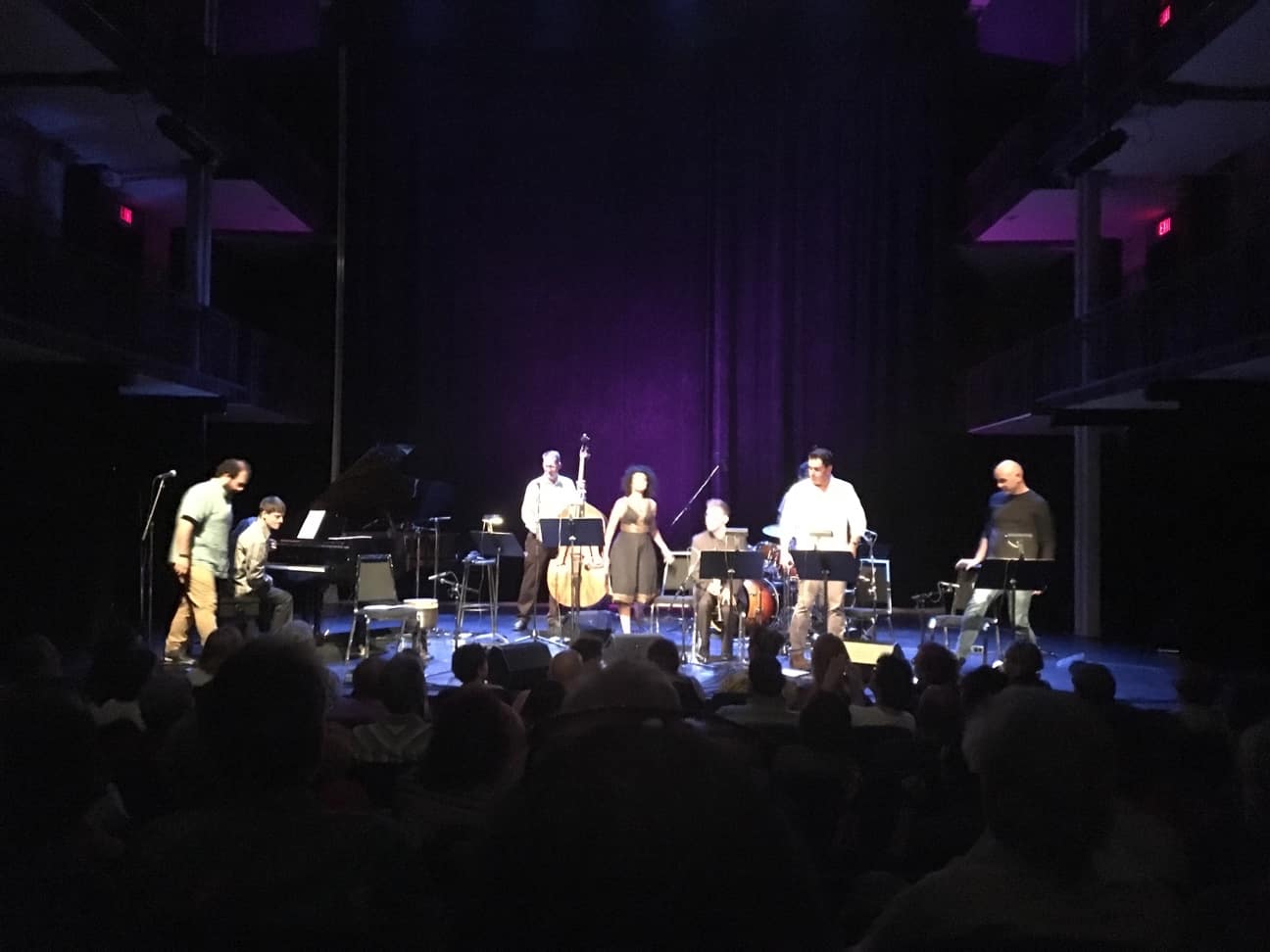This year, Ashkenaz Festival presented a new program called The Israeli-Iranian Musical Initiative, founded by doctoral students at the University of Toronto’s Faculty of Music. The ensemble of Iranian and Israeli musicians have brought together traditional music, as well as jazz and western classical instruments, in an attempt to explore a dialogue between Israeli folk and traditional Persian music.
The event, which took place September 4 at the Harbourfront Centre Theatre, was much anticipated; the room was filled with spectators, including Iranians and Israelis excited to see their cultures mingling through music.
Noam Lemish, who is a Doctor of Musical Arts (DMA) candidate in jazz performance at the Faculty of Music, said that the most gratifying part of the program is its “flexibility and the openness,” and that the professors “really encourage and allow their students to be themselves.” Lemish enjoys the supportive environment and believes that “amazing opportunities have come about through [his] studies at the university.”
Regarding The Israeli-Iranian Musical Initiative, Lemish said: “We are really just continuing in a long line of collaboration.” Since Jewish people have resided in Iran for thousands of years, the merging of the two cultures is not uncommon. The similarities between the two musical cultures comes from their past interactions.
The group performs “pieces that come from the Jewish world in Iran but [also] songs that were popular in non-Jewish Iran [and] were written by Jewish musician[s].”
Lemish adds that The Israeli-Iranian Musical Initiative takes its music a step further, by incorporating jazz and classical elements into its mix of Iranian and Israeli folk.
Lemish asserts that making music together is not, on its own, going to change the political hostilities that exist between the two nations. Instead, he hopes that through music, artists are able to “present a different kind of reality, a different narrative” from the relationship the public typically sees.
There is a kind of understanding that artists form when they make music together, communicating through means beyond dialogue or politics. This is how music could pave the way for peace where diplomacy has failed, and individuals from conflicting states may realize that they have more common than they think.


